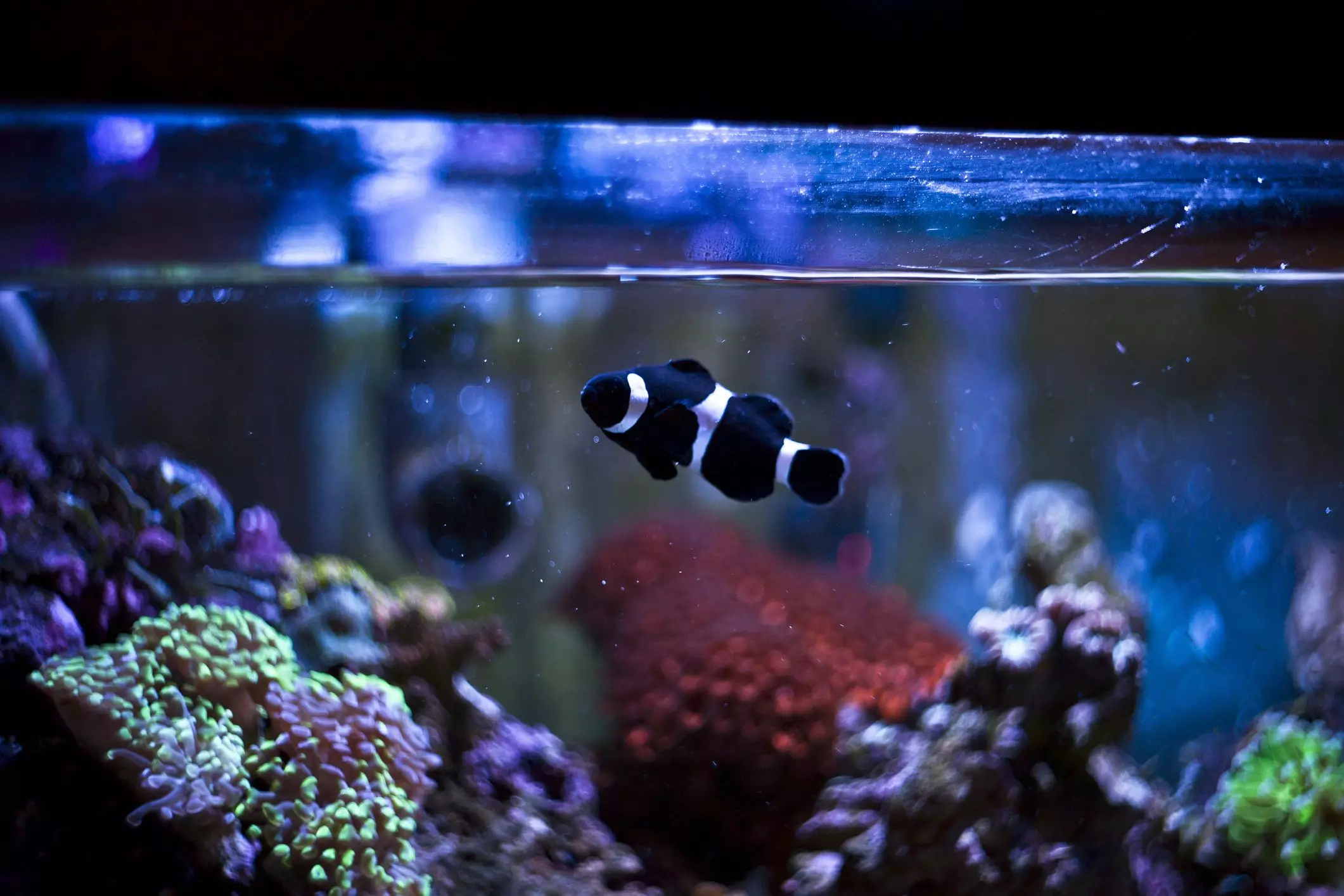Maintaining a healthy aquarium can be a rewarding yet challenging endeavor. One common struggle faced by aquarists, especially those nurturing established tanks, is managing high nitrate levels. Often referred to as “old tank syndrome,” elevated nitrate concentrations can lead to serious health issues for fish and other aquatic inhabitants. Fortunately, there are effective strategies to mitigate nitrate levels and enhance the wellbeing of your aquarium’s ecosystem.
In the nitrogen cycle, nitrates are generated as a byproduct when beneficial bacteria break down ammonia, converting it first into nitrite and then into nitrate. While nitrate is less toxic than its predecessors, it can still pose threats to aquatic life, particularly in saltwater ecosystems where marine invertebrates are more vulnerable. In freshwater tanks, nitrate levels above 200 mg/L are usually manageable, yet many aquarium keepers strive to maintain nitrate levels below 20 mg/L in saltwater systems to safeguard sensitive species.
To effectively manage nitrate levels, it is indispensable to comprehend how they accumulate and how they can be reduced. Regular maintenance, including water changes and substrate cleaning, is vital for preventing nitrate build-up. Ignoring routine care often results in undesirable water quality, impacting fish behavior and health.
One of the most effective strategies to swiftly lower nitrate levels is through water changes. Contrary to common practice, where aquarists may perform periodic 20% water changes, a more radical approach might be necessary for quick nitrate reduction. For instance, reducing the water volume by 40% allows for a significant drop in nitrate concentration. This method ensures that nitrate levels are drastically lowered in a short time frame, rather than slowly chipping away at it with smaller changes.
However, it is critical to monitor the change in pH that may accompany water replacement. A significant water change can result in pH fluctuations, potentially causing stress to sensitive species. To mitigate this risk, gradual pH adjustments should be made prior to the water change, ensuring that the tank environment remains stable and safe for its inhabitants.
Before committing to any water change, testing the aquarium’s water parameters is essential. Utilize high-quality water testing kits to measure nitrate levels along with other critical parameters such as ammonia, nitrites, and pH. Regular testing not only provides insight into the current condition of your aquarium but also informs your maintenance strategy.
Consider adopting a routine testing schedule to catch potential spikes in nitrate before they become a substantial problem. Keeping a log of water test results can prove informative over time, helping aquarists understand their tank’s dynamics better and identify patterns that might necessitate particular interventions.
While immediate reductions in nitrate levels are beneficial, transforming the long-term sustainability of your aquarium is crucial for preventing future issues. Overfeeding fish, inadequate filtration, and a lack of live plants can all contribute to high nitrate levels.
Adjust your feeding practices by ensuring that you feed only what your fish can consume in a few minutes, removing any uneaten food promptly. Additionally, consider enhancing your filtration system if it lacks adequate capability to handle the waste produced by your aquatic residents. Implementing live plants not only provides natural beauty but also absorbs nitrates as part of photosynthesis, promoting a healthier tank environment.
Some aquarists hesitate to implement aggressive water change methods due to the fear of shocking their fish. This concern is valid; however, it is imperative to recognize that the health risks posed by high nitrate levels often outweigh the potential hazards of a swift reduction. If cautious, aquarists can space out water changes over several days to gradually lower nitrate levels without overwhelming sensitive species.
In severe cases where nitrate levels persist despite regular interventions, it may be beneficial to explore additional options, such as utilizing nitrate-reducing additives or even introducing specialized equipment designed for maintaining low nitrate conditions.
Effectively managing nitrate levels is key to ensuring the health and vitality of your aquarium. By understanding the nitrate cycle, implementing efficient water change practices, and addressing the root causes of nitrate buildup, aquarists can foster a thriving aquatic environment. Regular testing and strategic interventions will not only enhance water quality but also promote the overall wellbeing of tank inhabitants. With diligence and care, achieving a balanced aquarium ecosystem is within reach for both novice and seasoned hobbyists alike.

